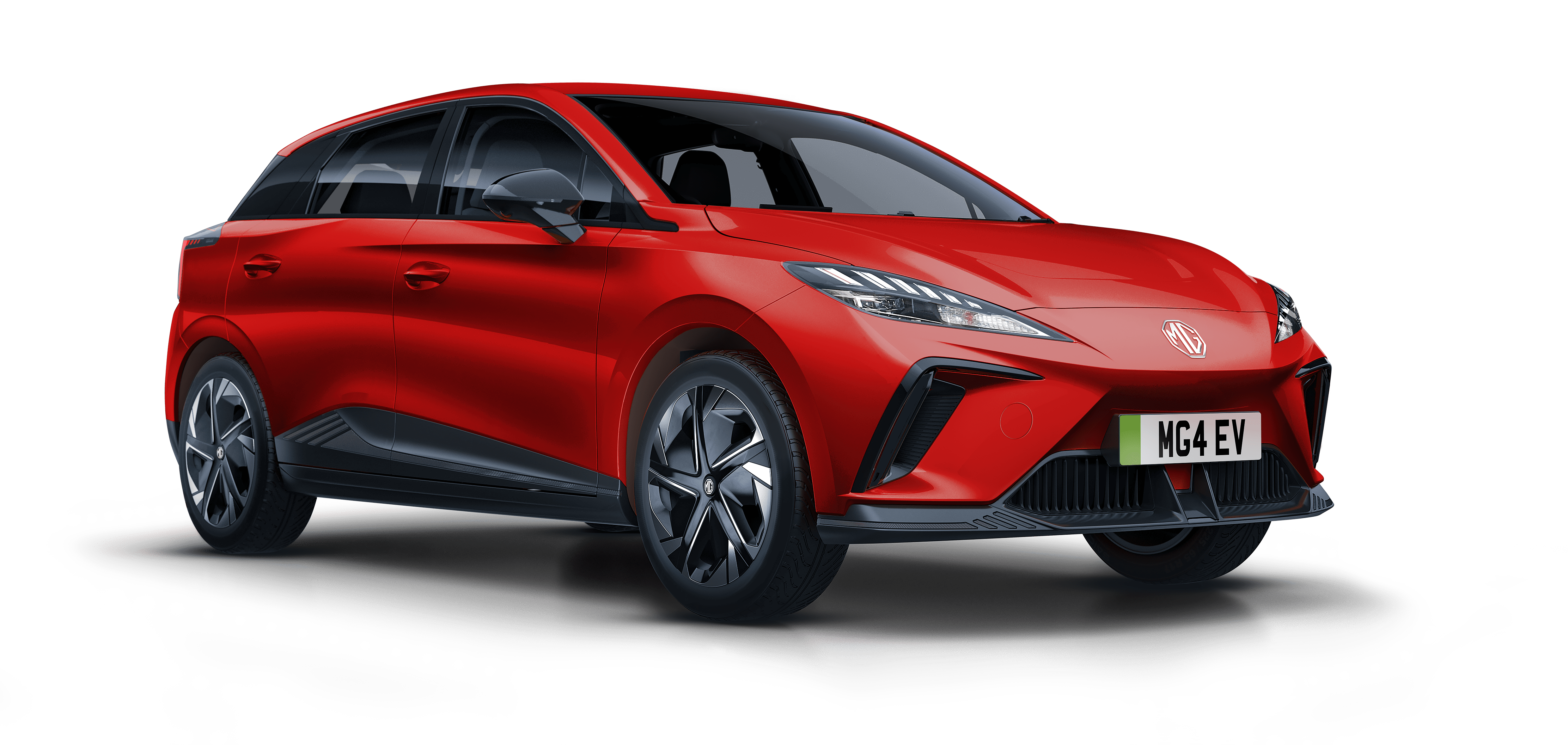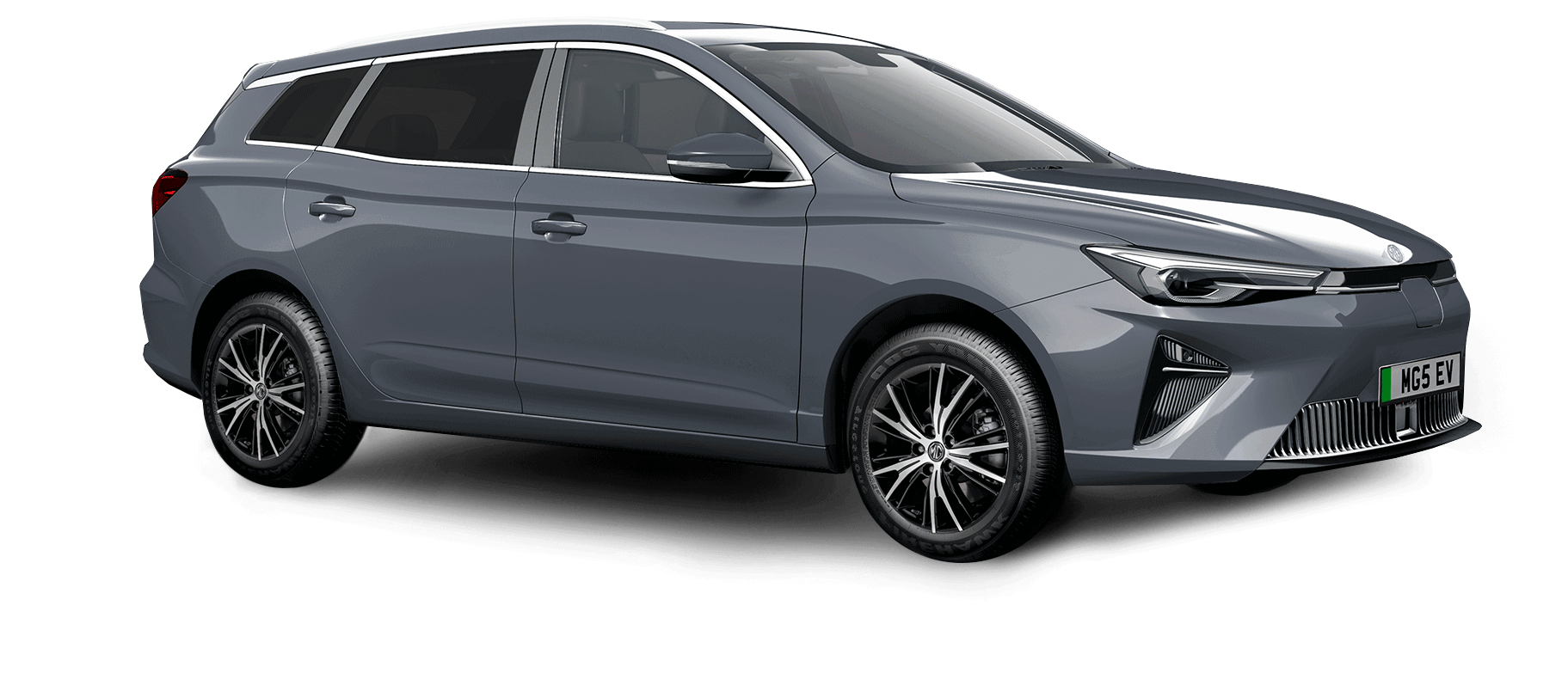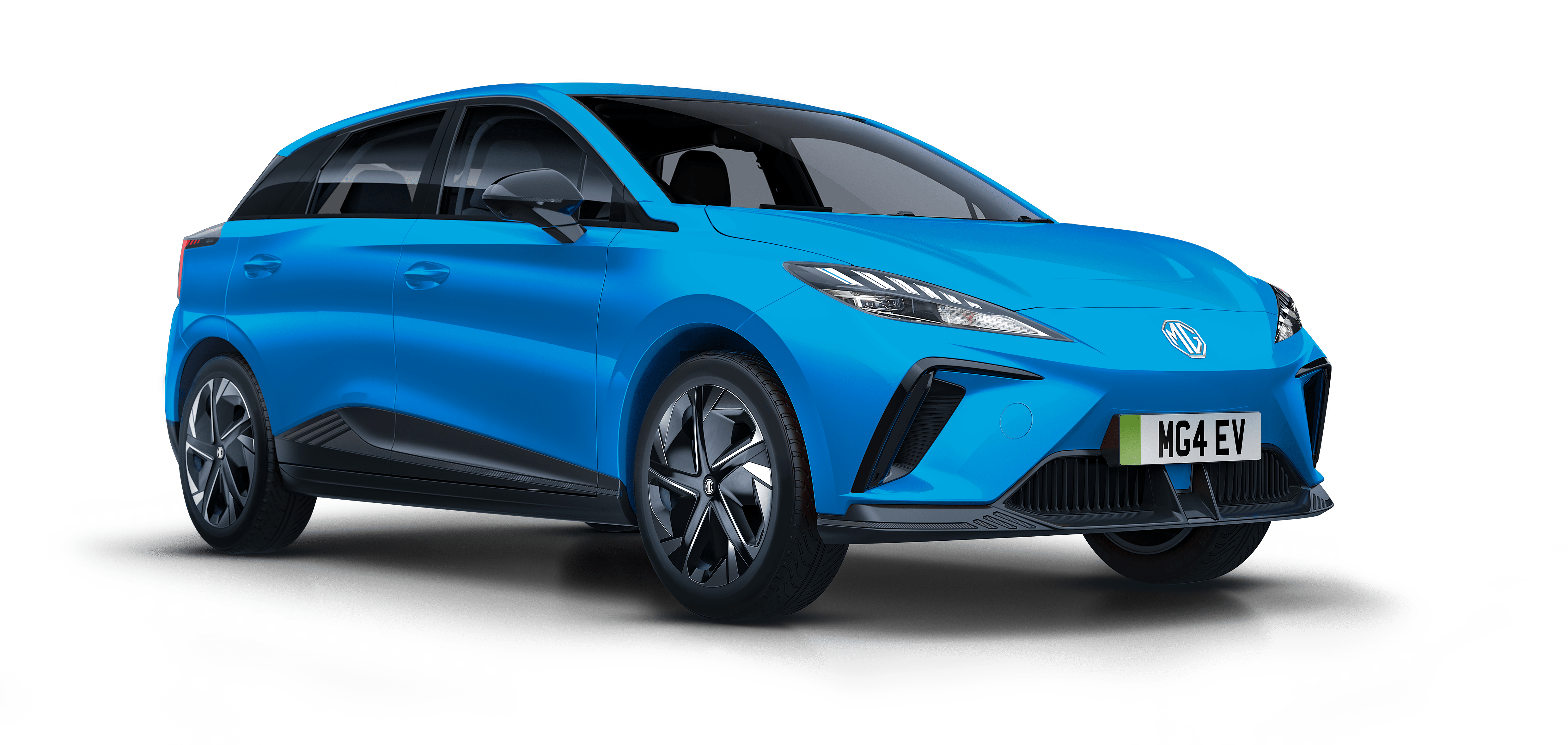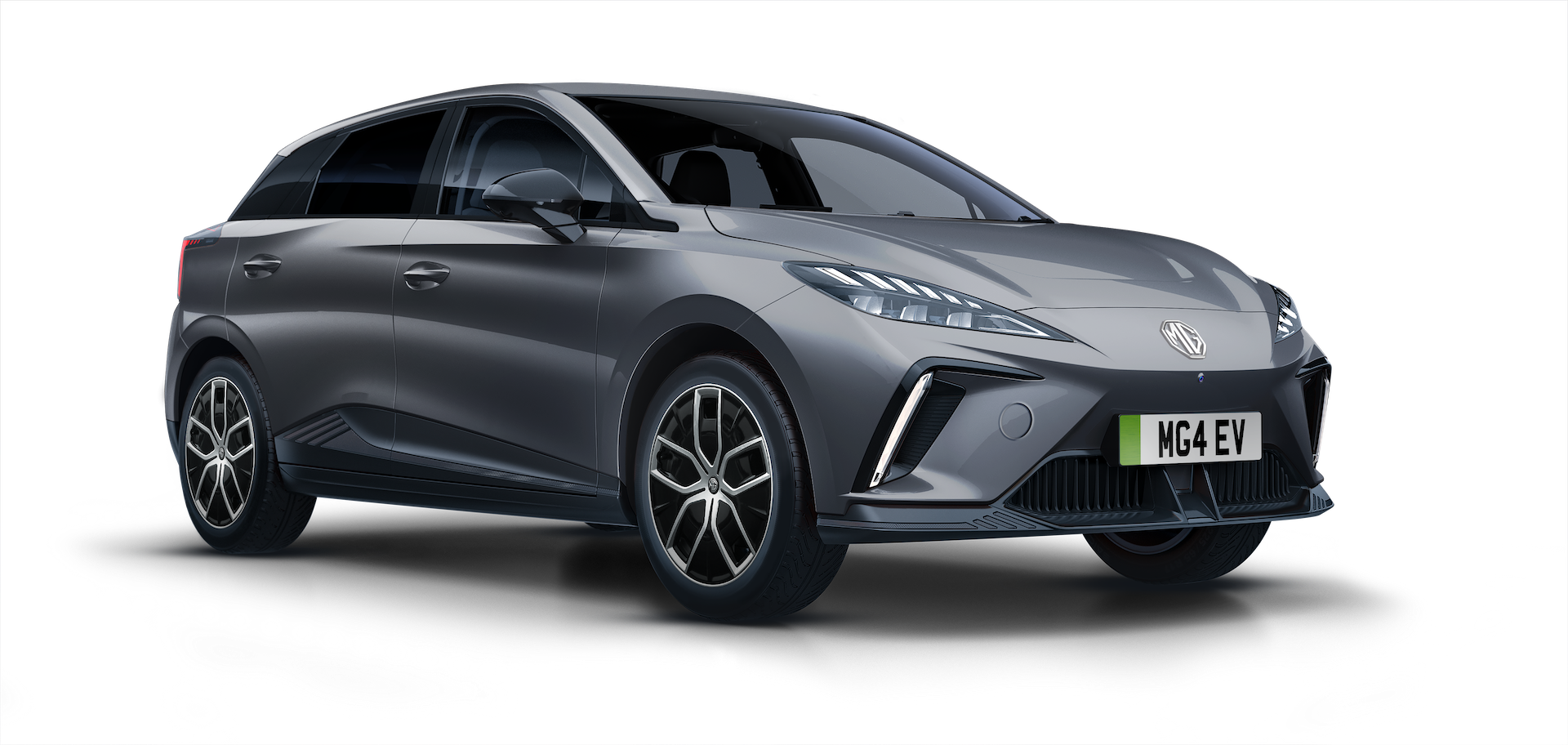Tips for Driving in the Rain

In the UK it rains on average 133 days a year, so you need to be prepared for driving in the wet and windy weather. The roads may become more slippery than usual so you will need to drive slowly and carefully to avoid hydroplaning - tyres losing their grip due to water getting between the tyre and road surface.
Here are 8 simple things you can do when driving in the wind and rain:
1. Use your windscreen wipers
It may seem obvious, but sometimes we take our windscreen wipers for granted! This small, but mighty feature of your car makes it as easy as possible to see out of your front and rear view window. For heavy rain, make sure your wipers are moving constantly so that your visibility is never obscured. It’s also a good idea to give your windshield a good clean before you set out on your journey to help prevent condensation from building.
2. Adjust your speed
Wet roads can be dangerous so you need to adjust your speed accordingly. Driving slower and more carefully gives you more time to react to any hazards the bad weather may bring. It also allows you to have more control of the car when braking which can help prevent skidding. You also need to ensure you are leaving a greater stopping distance between you and other cars to avoid any collisions.
3. Don’t use cruise control
You should disable cruise control if you’re driving in wet conditions. Although cruise control helps keep your vehicle at a steady speed, it doesn't prevent skids caused by hydroplaning or other slippery conditions. Therefore, it's safer for the driver to be in complete control of the vehicle because they can adapt their speed to the current road conditions.
4. Keep an eye out for puddles
Water can actually damage your car, so it's best to avoid puddles at all costs. If this isn't possible, on busy roads or one way streets, then you need to reduce your speed and drive as carefully as possible to avoid hydroplaning. You also need to be cautious of how deep the puddle could be as flood damage can be costly. Your brakes, paint job and even your engine could be damaged by water, so it's best to plan your journey around areas that commonly flood like underneath bridges.
5. Take extra care when turning corners or braking
You should always slow down when turning a corner, but this is particularly important on slippery surfaces. Similarly, when braking, take all your usual precautions but consider that your braking time may increase, or that you might have to brake sharply to avoid hazards, and ensure you have enough time and space to do so.
6. Don’t follow other vehicles too closely
Along with the rain, surface spray from the roads can make it difficult to see. You need to leave a good amount of space between you and other vehicles to avoid surface spray. If you can, avoid driving behind buses and large vans altogether as they will create the biggest spray that will make it difficult for you to see.
7. Have a good grip of your steering wheel
Heavy rain can often mean strong winds, so you need to ensure you have a good grip of your steering wheel at all times. As always, be cautious of other vehicles on the road like cyclists or motorcyclists who may be struggling to keep control in the strong winds.
8. Don’t forget you share the road
As well as other drivers, you need to watch out for pedestrians and cyclists on the road. Heavy rain can make it difficult to see cyclists so make sure you keep an eye out for their luminescent clothes or lights, and drive carefully past cycle paths. Furthermore, pedestrians may be in more of a rush if the weather is bad, with people running for cover, so make sure you are alert to any potential hazards that could jump out in front of you.
There we have it! 8 simple tips to help make driving in the rain as smooth as possible. Of course, it's not the optimum of driving conditions, but unfortunately the British weather is unpredictable so you may get caught out when you’re on the road. The key is to remain calm and drive safely and slowly to make your journey as easy as possible!











